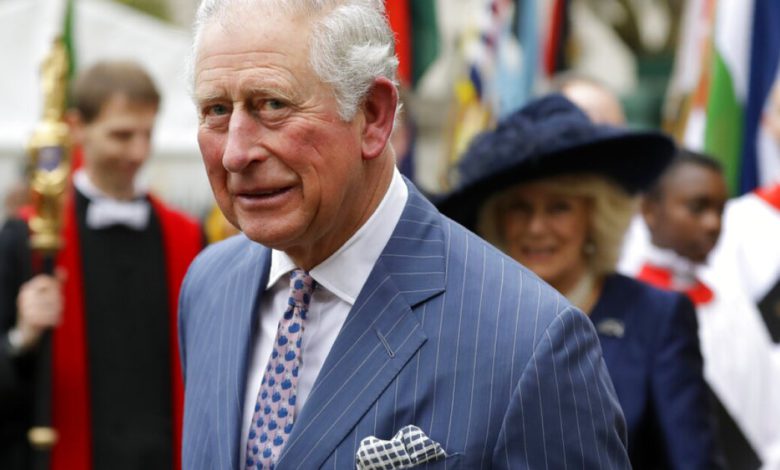
Following the death of Queen Elizabeth II, King Charles III assumes the head of the British monarchy and ascends to be the British Commonwealth’s king.
He is the first new British monarch in more than seven decades.
The process of succession to the British monarchy has been in place for more than three centuries. The process has seen tweaks at times, most recently in 2013 with the enactment of the Succession to the Crown Act. The act ended the system of male primogeniture, under which a younger son could displace an elder daughter in the line of succession, according to the Royal Family.
The line of succession now generally favors each generation's firstborn child no matter the gender.
The act also no longer disqualifies royals who marry a Catholic.
According to the 1701 Act of Settlement, only Protestant descendants of Princess Sophia - the Electress of Hanover and granddaughter of James I - are eligible to succeed to the thrown. The act says a Roman Catholic is specifically excluded from succession to the throne.
The monarch must be in communion with the Church of England and must swear to preserve the established Church of England and the established Church of Scotland, the Royal Family said.
Being Queen Elizabeth II’s eldest child, Charles, was her heir apparent. Now that King Charles III is atop the British monarchy, his son Prince William is next in the line of succession. His eldest son, Prince George of Cambridge, is next in line. William’s two youngest children are behind George in the line of succession.








